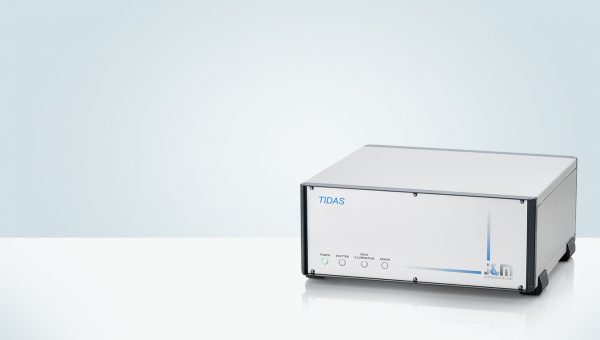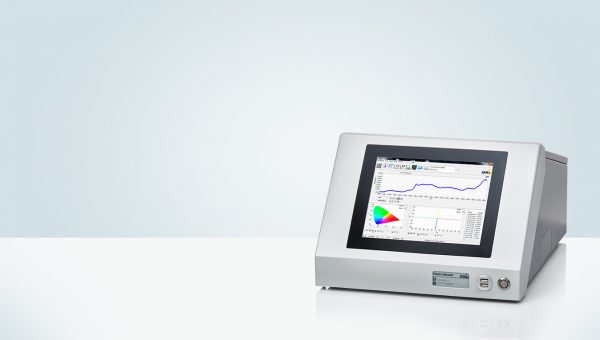Fluorescence and Raman
Detect emitted light or study chemical bonds.
Fluorescence and Raman
Fluorescence and Raman Spectroscopy
Flourescence Spectroscopy
In comparison with photometric detection, fluorescence detection is an exciting tool to improve detection limits and selectivity. A light beam, usually UV light, excites electrons in molecules in certain compounds and causes them to emit light. Usually the emitted light is in the visible range and can be detected with a photomultiplier or spectrometer. The light sources vary from simple LEDs, to lasers and scanning monochromators. Fluorescence can be detected on solid matter like crystals, on precious stones and also in liquids. Due to the flexibility of fiber optics, J&M TIDAS instruments can measure fluorescence under almost every environmental condition.
Some examples of fluorescence applications with J&M TIDAS spectrometers are:
- Identification of false diamonds
- Calcium metabolism in living cells
- Detection of falsified bank notes and objects or art
- Alkaloids in drugs
- Proteins and glycans in clinical diagnostic
Raman Spectroscopy
Raman spectroscopy is used to identify and study chemical bonds. In solid state physics Raman spectroscopy is used to characterize materials and find the crystalline orientation of a sample. In chemistry Raman spectroscopy is used to characterize or identify the chemical composition and structure of an unknown material.
The Raman effect is based on molecular deformations in the electric field determined by molecular polarizability. A laser beam can be considered as an electromagnetic wave. Upon interaction with the sample, it induces an electric dipole moment which deforms the molecules. Because of periodic deformation, the molecules start vibrating with the characteristic Raman frequency.
The typical instrumentation is an exciting source (laser), filter sets, light collection optics and a detector (PDA, CCD, PMT).
Our standard system is equipped with a 785nm laser. Due to the modular design, lasers with different wavelengths can be easily adopted. Standardized connectors facilitate the use of most available Raman probes. The software Panorama and the module RAMalyze make it easy to assign Raman shifts to the functional groups of the molecule. We are using the same high-quality components in a bench top spectrometer as in in-line process solutions. This guarantees a good portability from laboratory results to in-line measurements.
Some examples of Raman applications with J&M TIDAS spectrometers are:
- Crystallization process of phenylalanine,
- Pellet coating in pharmaceutical processes
- Drug detection



